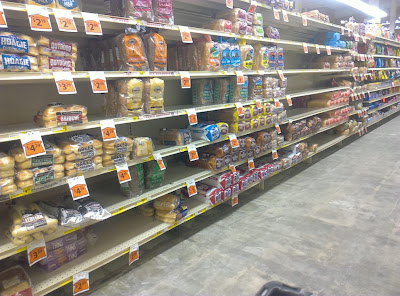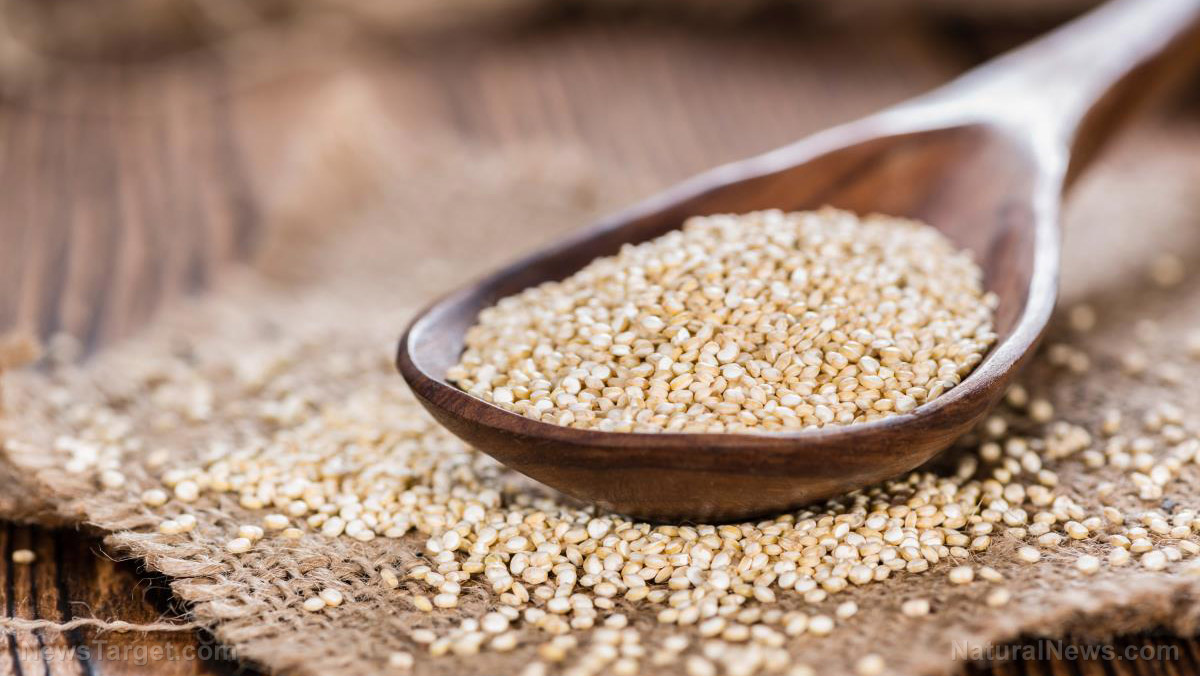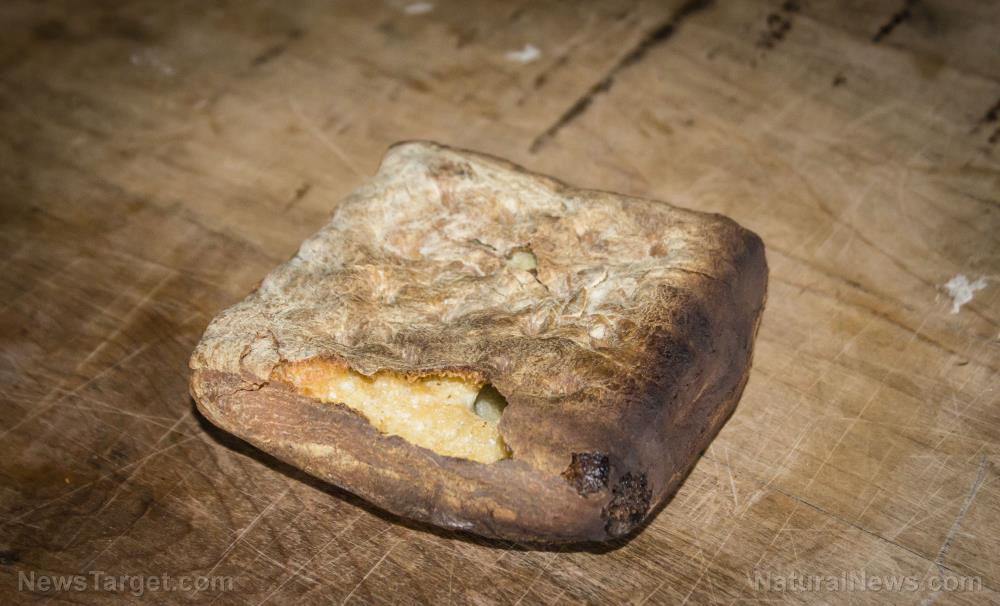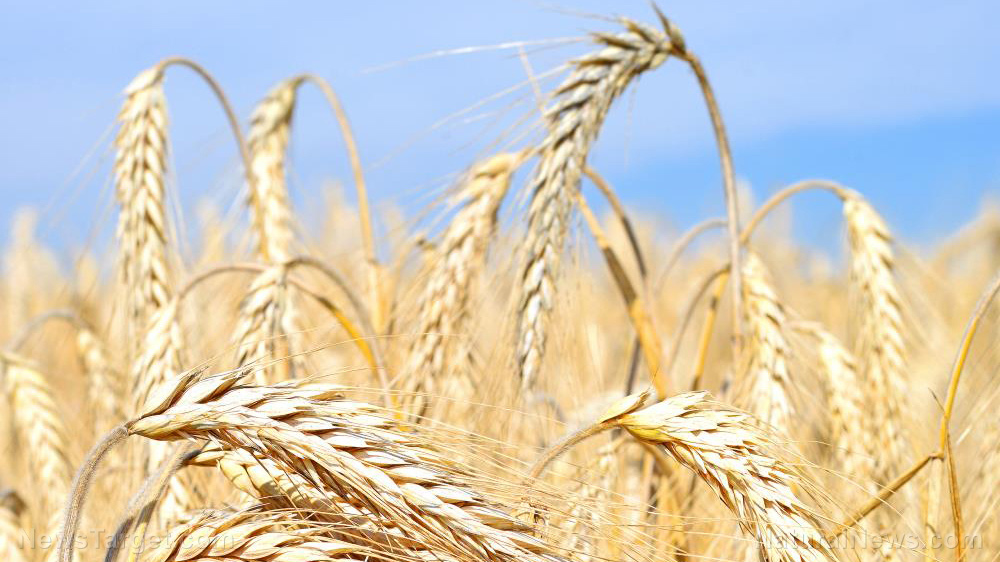5 Reasons to stockpile food now
07/08/2021 / By Divina Ramirez

Inflation in the United States has jumped to the highest rate since 2008 as the country rebounds strongly from the coronavirus pandemic. Unfortunately, many economists believe the current rise in inflation is not transitory because of evidence of structural changes in supply at a time when demand for all products is robust. Put simply, inflation is here to stay.
Experts find that several factors are likely driving inflation and will continue to do so for the foreseeable future. For preppers, this means stockpiling food before prices get even higher.
Below are five reasons to stockpile food right now:
1. Supermarkets are stockpiling foods in anticipation of high price increases
Recently, supermarkets have been stocking up on everything from sugar to frozen meat to protect their profits, girding for what economists anticipate will be some of the highest price increases in recent memory. Supermarkets are also passing along some of those price increases to their shoppers.
Few retailers expect pricing pressure to ease soon. Stockpile now before food prices get even higher. Having an emergency food stockpile ensures you don’t spend all of your money on foods when prices start climbing.
2. The government’s reckless spending will drive food prices higher
Over the past year, the U.S. government has put out heaps of money through its Federal Reserve System (FRS), supposedly to keep millions of people safe and fed inside their homes as the coronavirus pandemic wreaked havoc across the country.
However, experts say neither the Biden administration nor the FRS seems to have an “off” button with regards to their spending, which is why it’s no surprise that the country’s national debt is moving towards the $29 trillion mark rapidly. Such spending might continue to push the prices of food and other essentials higher.
3. Surging gas prices will raise the cost of transporting food
Gas prices have been surging recently as well, making it more expensive to transport foods. In fact, the average price of a gallon of gasoline in the country is at $3.086, up from $2.171 last May. That corresponds to a 56 percent increase. And as is the case with foods, the price of gasoline isn’t expected to go down soon.
4. The “megadrought” is affecting crop production
Western states are no stranger to droughts, which are common enough occurrences. That’s largely why experts believe those regions are more than two decades into a “megadrought,” one made severe by warming temperatures caused by human activities.
Because of that megadrought, water levels in reservoirs and other sources are hitting record lows. For instance, the water level in the Great Salt Lake in northern Utah is expected to hit the lowest level in 170 years this summer. Consequently, Utah Gov. Spencer Cox implored residents to cut back on lawn watering.
Due to fears of an impending water shortage, farmers in western states have reduced the amount of crops they are growing. As such, experts cautioned that agricultural production in the western states will be lower this year than they originally anticipated. That could put upward pressure on food prices in the coming months.
5. Farmers in western states are battling a plague of grasshoppers
The punishing drought in the west is causing grasshoppers to proliferate quickly. In fact, the swarms are so thick in some areas that they’re showing up on weather radars. Federal agriculture officials have already launched a massive spraying campaign to kill the grasshoppers before they can strip farmlands bare.
Nonetheless, this year’s infestation is expected to also drive up food prices. (Related: The grasshoppers are swarming mad that you are prepared for the crash, by Brandon Smith.)
Preparedness.news has more tips on how to build an emergency food stockpile for when SHTF.
Sources include:
Tagged Under: Collapse, economic collapse, emergency food, food independence, food inflation, food stockpile, food supply, inflation, inflation rate, preparedness, prepper, prepping, Stockpile, survival food
RECENT NEWS & ARTICLES
EmergencyFood.News is a fact-based public education website published by Emergency Food News Features, LLC.
All content copyright © 2018 by Emergency Food News Features, LLC.
Contact Us with Tips or Corrections
All trademarks, registered trademarks and servicemarks mentioned on this site are the property of their respective owners.





















